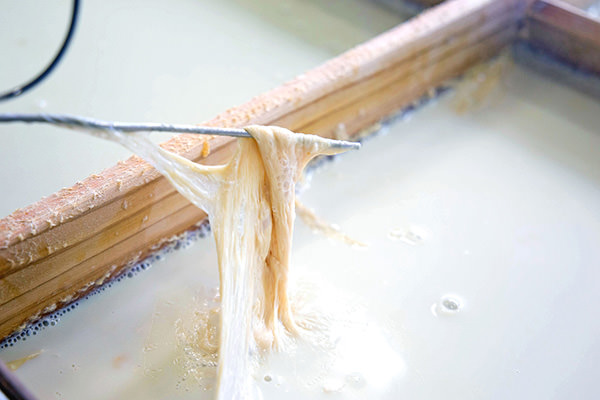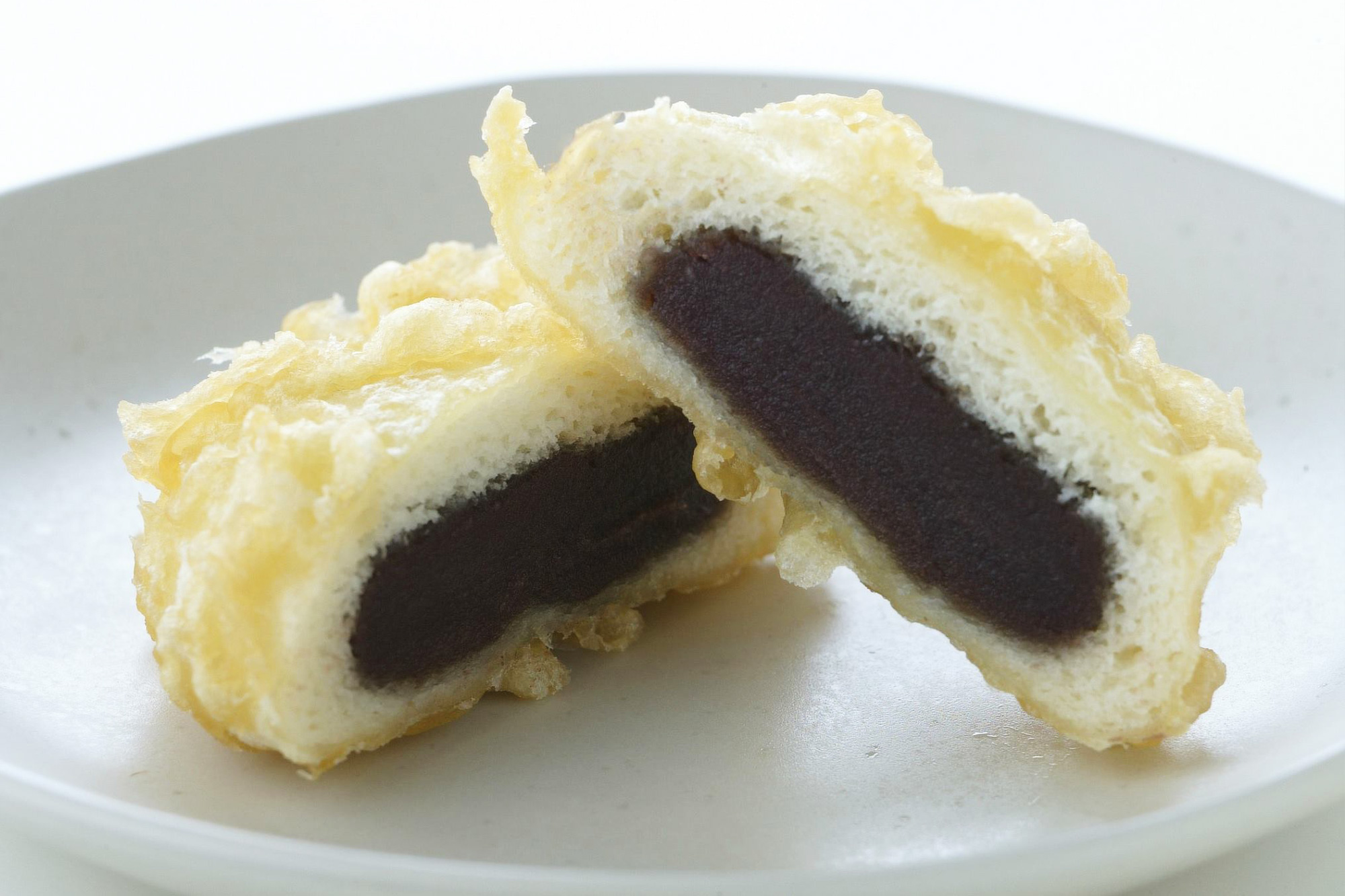Why are so many shop signs and windows in Nikko emblazoned with the word yuba? Hungry visitors to Nikko may find themselves asking this question while searching for a tasty, local meal. Yuba, made from soy, is considered synonymous with the city and its surrounding area. Its versatility means it can be enjoyed in a variety of styles that appeal to nearly every palate.

What is yuba?
Yuba is the “skin” that forms on top of soy milk when it is boiled. It is then lifted off and used in a number of local dishes, from stews and ramen to seafood dishes and onigiri rice balls. The main allure of yuba is in its versatility. Its soft and spongy texture adds bounce to many dishes and just like its counterpart in tofu, it can assimilate to match the flavor of whatever it is eaten with. Yuba can also be eaten on its own with just a dash of soy sauce.
Beyond its subtle taste and popularity as a gift, yuba is a prominent local staple because of its importance in Nikko’s history. The beautiful World Heritage temples and shrines that draw visitors to Nikko have been home to many monks and priests over hundreds of years. These devout ascetics must adhere to strict vegetarian diets, so naturally yuba was a perfect match for them.







